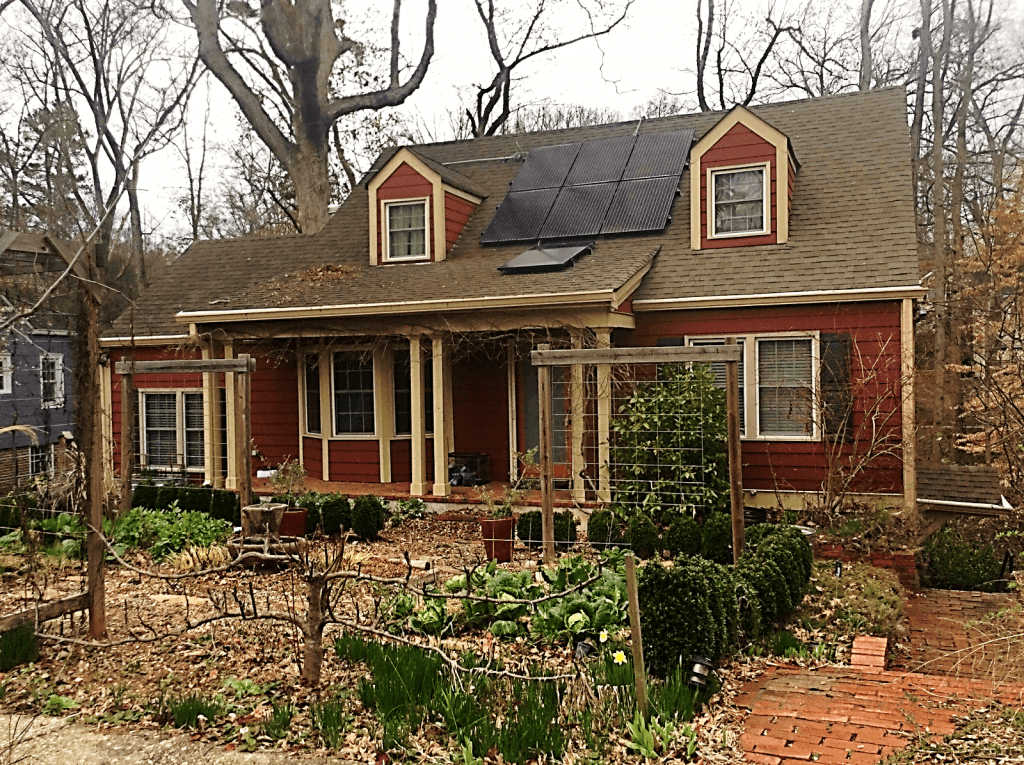By Stanley Dunlap, Georgia Recorder —
Another round of hearings in Georgia Power’s rate case concluded Thursday with the final day dominated by a debate over whether the utility should expand its popular rooftop solar program.
Georgia Power is pushing for a 12% increase in electricity rates over the next three years, along with other requests over the next year that could saddle ratepayers reimbursing for higher fuel costs and the snakebitten nuclear expansion at Plant Vogtle.
The Public Service Commission hearings feature testimony from experts for Georgia Power, consumer advocacy groups, environmental organizations, solar power groups, government agencies and energy consultants. Next month, state regulators will decide how much more the company can charge its 2.7 million customers.
Starting next year, Georgia Power’s plan would increase residential customers’ monthly rates by $14.32 if state regulators approve it. Eventually, the monthly cost to keep the lights on would reach $16.29 by 2025, or about $200 per year.
In order to transition to cleaner energy generation and newer technologies, the company plans to invest $12 billion in infrastructure development and ramp up spending to retire its coal-fired power plants.
On Thursday, the company’s plans for rooftop solar was the dominant theme, with the company opposing expanding a popular rooftop solar program while also proposing to add a $200 rooftop solar connection fee to its customers.
Georgia Power and commissioners have expressed concerns about some solar companies misleading customers with false claims such as free solar and free electricity.
The company has also said that its proposal of rate options better ensures that the non-solar customers aren’t footing the bill for the homes powered by solar panels.
Several Georgia Power executives and managers testified during the initial rate case hearings in September. Final hearings are scheduled for Nov. 29-30 and Dec. 15, with the case to be decided by the five-member PSC on Dec. 20.
On Thursday, Commissioner Tim Echols asked how the 5,000 customers participating in the behind-the-meter solar program might benefit the rest of Georgia Power’s customers.
Echols proposed a motion in 2019 that led to Georgia Power expanding the rooftop solar program to 5,000 customers, which costs relatively little to subsidize. Meanwhile, Georgia Power benefited from billions of dollars of profits after the PSC approved a higher return on equity and stronger capital structure.
During the summer’s hearings for Georgia Power’s long-term plans, Echols failed to get the support needed to open the solar program to 75,000 customers. He said that he was willing to compromise on this proposal while asking solar experts Thursday if they can quantify how all customers might benefit from the solar rooftop households.
“Is there value to everyone,” Echols asked panelists on hand to make the case for solar power. “The company says no, but is there value, in your opinion?”
“I don’t mind compromising or negotiating if we want to expand it,” Echols later said. “How do we avoid mistakes that California and others are making? We don’t want to follow them and have to claw back in the future.”
Kevin Lucas with the Solar Energy Industries Association said Georgia can learn from the experiences of other states on how to deploy rooftop solar in a way that benefits the entire grid.
When there is more solar on the grid producing and when there is less demand on the electric system, it allows a company to build and plan its infrastructure in a different way, he said.
“Instead of a level up (higher) it has to build to a level that’s slightly lower and that’s savings, resources it doesn’t have to plan, facilities it doesn’t have to build, upgrades it doesn’t have to make,” Lucas said. “It has a monetary value associated with it.”
Larry Legg, Georgia Power’s director of pricing and rates, testified that the company is advocating for moving customers to a rate that recognizes the cost of solar. Legg said analysis shows that each net metering customer shifts an average of $1,356 yearly of costs onto other customers.
“Georgia Power is a large electric utility that has to build billions of dollars worth of facilities available to all of our customers, regardless of whether they use them or not,” he said.
A key concern beyond the rate case is that Georgia Power is expected to request three additional rate increases over the next year to recover higher fuel costs and for the expense of bringing two additional nuclear reactors to Plant Vogtle online.
University of Georgia engineering professor David Gattie recommended that commissioners not extend the monthly pilot program that compensates solar customer-generators for excess energy exported onto the grid.
“I make this recommendation for a variety of reasons, including the discrepancy in value placed on electricity exported by solar customer-generators onto the grid, the lack of consensus on the use of monthly net metering as a policy tool in other states, and because disproportionately compensating customer-generators as a means to increase solar development does not align with Georgia’s energy policy goals,” Gattie testified Thursday.
A looming rate increase not part of the current proposal also has consumer watchdogs wary. Georgia Power achieved a milestone last month when the third unit at Plant Vogtle went into production.
However, the nonprofit consumer advocate Georgia Watch said Thursday that Georgia Power has been collecting billions of dollars in costs related to Vogtle for years. Providing Georgia Power with a higher profit margin would also place a significant financial burden on ratepayers, Georgia Watch executive director Liz Coyle said.
“Are you aware that residential customers have been paying the lion’s share of that tariff since it began collecting in 2011,” Coyle said.
Copyright © Georgia Recorder


